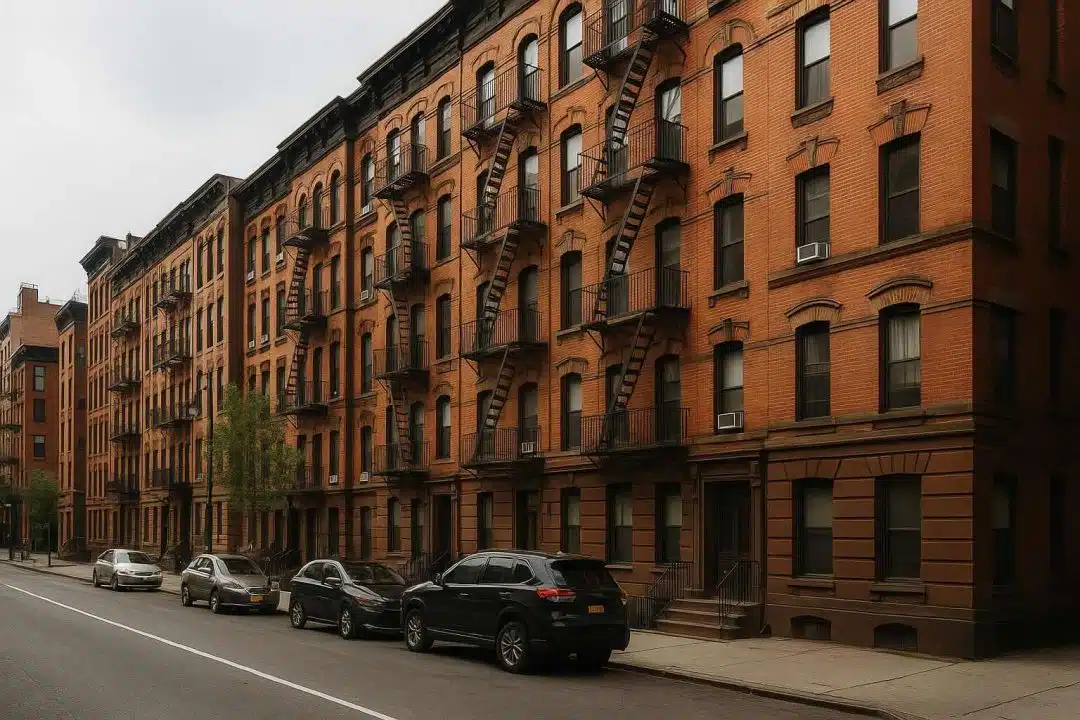
The Section 8 housing program is facing new political and policy pressure from both HUD leadership and the Trump administration, as federal officials push for tighter eligibility enforcement and a drastic funding overhaul that could reshape rental assistance nationwide.
HUD launches compliance crackdown on tenant eligibility
On September 1, HUD Secretary Scott Turner announced a nationwide directive requiring all Public Housing Agencies (PHAs) to submit detailed citizenship verification records for residents receiving Section 8 vouchers.
Turner called the move necessary to ensure federal rental aid is reserved for U.S. citizens and eligible residents, not undocumented immigrants.
“The taxpayer-funded vacation is over,” Turner posted on social media. “We’re demanding all citizenship information for residents.”
Key elements of the directive:
- PHAs must submit:
- Proof of citizenship or legal immigration status
- Names, mailing addresses, unit details, and rent amounts
- Agencies have 30 days to comply or risk HUD funding reviews and potential penalties
The move is sparking concern among tenant advocates, who argue the campaign could result in evictions or disruptions for vulnerable households—even those already vetted under existing rules.
Trump proposes deep Section 8 funding cuts
The larger shockwave may come in 2026.
As part of the fiscal year 2026 budget, President Donald Trump is proposing:
- A 51% cut to HUD discretionary spending
- Full elimination of federal Section 8 programs
- Replacement with a “state rental assistance program”
- States would receive block grants to design their own aid models
- Rental support would be limited to two years for most able-bodied adults
The proposed budget shifts HUD’s role to that of a funding pass-through and would encourage states to cap assistance terms in the name of promoting self-sufficiency.
Only the elderly and people with disabilities would be exempt from the time limits.
ROAD to Housing Act offers bipartisan alternative
Meanwhile, in a rare show of unity, the Senate Banking Committee unanimously passed the ROAD to Housing Act in July. Spearheaded by Sen. Tim Scott (R-SC), the bill aims to:
- Expand affordable housing supply
- Cut red tape for homebuilders
- Improve oversight of housing programs
- Preserve and modernize Section 8 and other rental support systems
“It started as my bill, but it became our bill,” said Scott, noting full bipartisan support.
The legislation now awaits a full Senate vote and is seen as a counterweight to the Trump administration’s proposed restructuring.
What happens next?
Congress must finalize the federal budget by September 30. Whether it adopts Trump’s state-led vision or supports ROAD to Housing’s preservation approach will likely determine the fate of Section 8 in 2026 and beyond.
Housing advocates are sounding the alarm:
- The Center on Budget and Policy Priorities warns up to 3 million people—half of them children—could lose assistance under a two-year time limit
- Sen. Bernie Sanders (I-VT) has called the budget “cruel and dangerous,” noting that 3 in 4 eligible households already don’t receive rental help under the current system
For now, low-income tenants and housing providers are bracing for a decision that could dramatically reshape America’s rental safety net.
